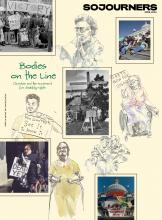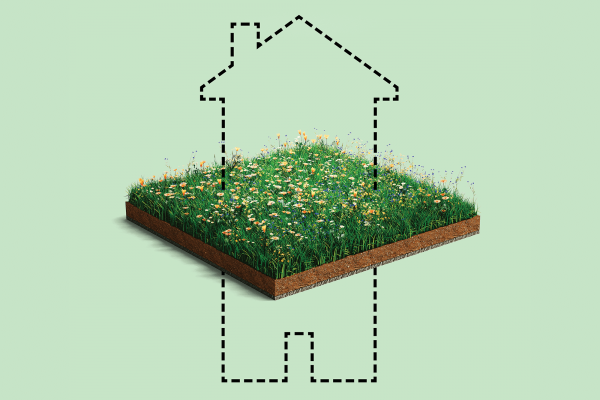SEVEN YEARS AGO this month, I became a landowner. My husband and I put our names on the deed to a quarter-acre plot of land in an unassuming Chicago suburb. According to U.S. property law and common understandings, I have a right to do what I want with this land, even “up to heaven and down to hell.” That phrase goes back to a medieval Roman jurist’s proclamation that whoever owns the soil also owns what’s above and beneath, an idea that sociologist Colin Jerolmack has explored in depth (no pun intended) in his book by the same name about fracking in a rural Pennsylvanian town.
As Jerolmack documents, the United States is “the only country in the world where private individuals own a majority of the subsurface estate.” These laws are the confluence of America’s enshrinement of individualism, skepticism of big government, and confidence in the “invisible hand” of the market to work to everyone’s benefit.
Read the Full Article

